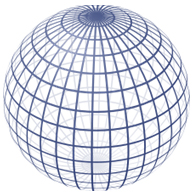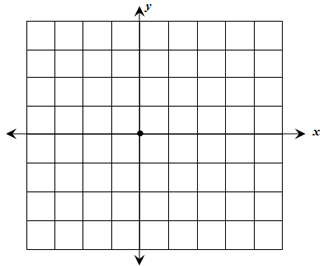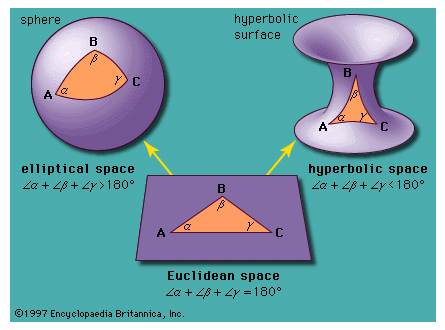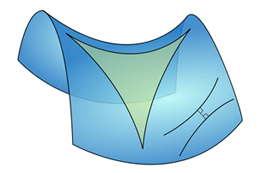
Using the diagram below, two geometry students are debating a topic in spherical geometry. Janiece says that all lines in spherical geometry intersect at two points. Stephanie says that the lines that wrap around the sphere, like lines of latitude, are parallel and do not intersect.

Which student is correct and why?
A. Stephanie
Incorrect. Lines in spherical geometry are great circles. Line segments are arcs of great circles. The lines of “latitude” are concentric circles, but only the “equator” is a great circle.
B. Janiece
Correct! All lines in spherical geometry do intersect in two points.
C. Neither
Incorrect. Lines in spherical geometry are great circles. Line segments are arcs of great circles. The lines of “latitude” are concentric circles, but only the “equator” is a great circle.
D. Both
Incorrect. Lines in spherical geometry are great circles. Line segments are arcs of great circles. The lines of “latitude” are concentric circles, but only the “equator” is a great circle.
Draw ΔABC with vertices at A (-2, 1), B (1, 3), and C (2,0).

Use the Taxicab metric to classify ΔABC by the length of its sides.
A. Equilateral
Incorrect. Remember to use the Taxicab distance formula d = |(x2 − x1) + |(y2 − y1)| to find the length of each side of the triangle or count the “stair steps” from one point to the next. In this triangle, AB = 5 units and AC = 5 units, but BC = 4 units. That means that ∆ABC is isosceles.
B. Scalene
Incorrect. Remember to use the Taxicab distance formula d = |(x2 − x1) + |(y2 − y1)| to find the length of each side of the triangle or count the “stair steps” from one point to the next. In this triangle, AB = 5 units and AC = 5 units, but BC = 4 units. That means that ∆ABC is isosceles.
C. Isosceles
Correct! You used the Taxicab distance formula d = |(x2 − x1) + |(y2 − y1)| to find the length of each side of the triangle or count the “stair steps” from one point to the next. In this triangle, AB = 5 units and AC = 5 units, but BC = 4 units. That means that ∆ABC is isosceles.
D. None of these
Incorrect. The Taxicab distance formula is d = |(x2 − x1) + |(y2 − y1)| to find the length of each side of the triangle or count the “stair steps” from one point to the next. In this triangle, AB = 5 units and AC = 5 units, but BC = 4 units. That means that ∆ABC is isosceles.
From the diagram below, we can conclude the following:

A. The shortest distance between two points on a spherical surface is an arc of a great circle.
Incorrect. Although that is a valid statement, it cannot be determined from this diagram.
B. A triangle can only be drawn on a Euclidean plane surface.
Incorrect. Although that is the triangle with which we are most familiar, triangles can also be drawn on spherical and hyperbolic surfaces.
C. Parallel lines in a hyperbolic surface do not intersect.
Incorrect. Although that is a valid statement, it cannot be determined from this diagram.
D. The sum of the angles in a triangle on a spherical surface is always greater than 180°.
Correct! The statement below the sphere leads to this conclusion.
A hyperbolic surface shaped like a saddle has negative curvature.

Therefore, we can conclude that ________
A. the sum of the angles of a triangle in a hyperbolic surface will always be less than 180°
Correct! The sum of the measures of the interior angles in a triangle on a hyperbolic surface is less than 180˚.
B. Parallel lines in a hyperbolic surface will only intersect if they are at right angles to a given line.
Incorrect. Parallel lines in a hyperbolic surface will never intersect, and in fact, they get farther from their closest point as they move along the surface.
C. The shortest distance between two points on a hyperbolic surface is a straight line connecting the two sides of the saddle.
Incorrect. Such a line would not be on the hyperbolic surface. The shortest distance between two points on a hyperbolic surface is an arc on the curved surface.
D. It is impossible to draw a triangle on a hyperbolic surface.
Incorrect. Although the hyperbolic triangle does not fit our Euclidean definition of a triangle, a hyperbolic triangle is made up of three intersecting arcs.